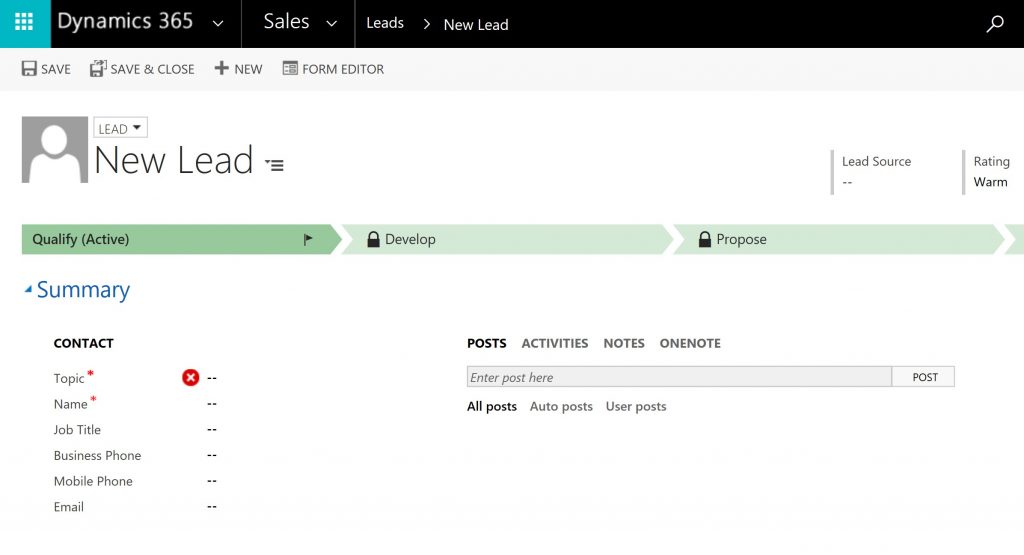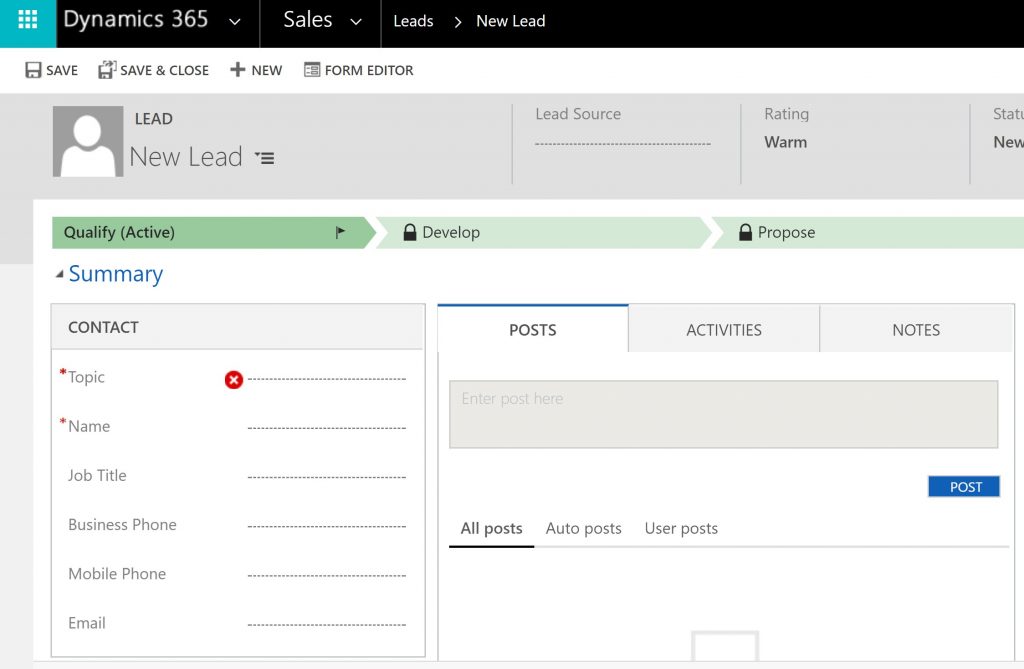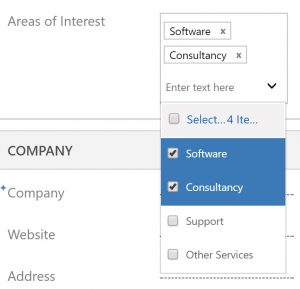With Microsoft’s latest version of Dynamics 365 (version 9) now rolling out it is an opportune time to look at those new features that, in my opinion, will have the most impact on users of the system.
For the sake of clarity, I will only be looking at features that have changed related to Dynamics 365 for Customer Engagement.
As with all major releases of Dynamics 365, there are a multitude of new features and an almost as large amount of features that have been deprecated (marked as “due to be retired” for you non-techies out there). If you are interested in Microsoft’s own documentation on the changes then it can be found here.
Let’s start with some of the highlights. As has been their style for a number of years, Microsoft have made an effort to address customer concerns and also to match (or improve on) functionality found on another CRM platforms. The key features I will focus on are:
- New User Interface enhancements
- Multi-select options sets (finally!!)
- Virtual entities
New User Interface
A criticism I often hear from clients when they review Dynamics CRM is that it “has too much white space”, or that it is “difficult to make out the separate areas of the forms”. In version 9 Microsoft has addressed this issue with the new user interface look and feel.
Firstly, there is no need to worry that this is another Dynamics 2013 style re-work that had us all scratching our heads at the time as to what the UX team at Microsoft were thinking of. The enhancements largely centre around demarcation of areas on the screen. You can see a before and after screenshot below.
BEFORE

AFTER

Multi-select option sets
Multi-select option sets provide the ability to select multiple options from a drop-down list. This is something that has been available on many other CRM platforms but has been lacking in Dynamics. Previously developers have always had to resort to implementing brand-new record types or adding multiple checkbox fields to achieve the same effect.
The rendering of the multi-select on a form is quite nice (see below). When using the field, it uses a pop-out and then displays each item selected in the field making removal of options very easy.

When not using the field or looking at the data in a list view, it displays the items as a simple semicolon separated list.
Microsoft have also included enhancements to filters, advanced find and editable grids to cope with this new field type.
One word of caution on this new field-type, at the time of writing, many of the common data migration/integration tools do not support them yet. Bear this in mind when deciding whether to use them or not.
Virtual entities
One use case that I encounter all the time is the ability to display data from an external system within CRM (i.e. to expose the data in CRM but not actually copy it to the CRM database). Microsoft have introduced the concept of “Virtual Entities” specifically to address this use case.
In theory, they could vastly reduce the need for complex integration. There are however a few technical restrictions that will limit the use of virtual entities (not least of which is the fact that all the data will be read-only in CRM). Despite these restrictions I believe that virtual entities will prove useful in a lot of projects.
I want to finish this article by looking at some of the items that Microsoft have deprecated in this release. Deprecated items are often overlooked but can cause major issues on any system if the consequences are not fully considered. Although Microsoft do not give timescales for when deprecated items will actually be physically removed, it is always best practice to stop their use as soon as possible.
I have picked three that I believe will have the widest ranging impact on systems:
- Deprecation of the Outlook Client
- Deprecation of Dialogs
- Deprecation of Mail Merge
For many organisations the Outlook Client is primarily used to track emails and appointments in CRM without the need for server-side integration. With the deprecation of the Outlook Client this option is removed and you will be forced to use the Dynamics Outlook App with server side integration.
Although many won’t lament the passing of the Outlook Client, which we’ve never found to be the most robust element of the system, at the very least this decision does remove deployment options.
You may or may not have come across dialogs as a special sort of automation that can be setup in Dynamics. They allowed a “wizard” style workflow to be setup. These are being replaced by mobile task flows and business flows. Microsoft has promised to continue enhancing these to make the transition easier.
The final key change is the announcement that mail merge will be deprecated in favour of the new document templates. Mail merge is heavily used in a lot of the projects in which I’ve been involved, so I expect that this will come as quite a shock to many users. That having been said, the new document templates do look like they will successfully fill the gap.
In summary, there are some interesting new features, particularly the arrival of multi-select pick list and the change in the interface, but equally of note are the items due for deprecation, like the Outlook client and mail-merge templates, which could involve significant work for some users in order to move across to the replacement capabilities.
![[Facebook]](https://www.mareeba.co.uk/blog/wp-content/plugins/bookmarkify/facebook2.png)
![[Google]](https://www.mareeba.co.uk/blog/wp-content/plugins/bookmarkify/google-plus2.png)
![[LinkedIn]](https://www.mareeba.co.uk/blog/wp-content/plugins/bookmarkify/linkedin2.png)
![[Twitter]](https://www.mareeba.co.uk/blog/wp-content/plugins/bookmarkify/twitter2.png)
![[Pinterest]](https://www.mareeba.co.uk/blog/wp-content/plugins/bookmarkify/pinterest2.png)